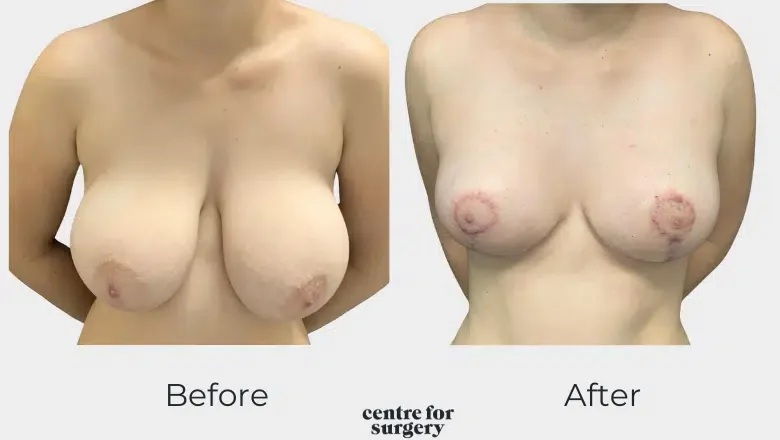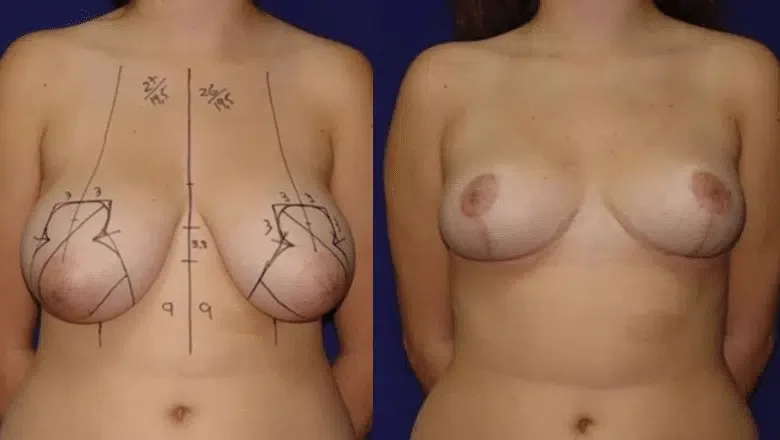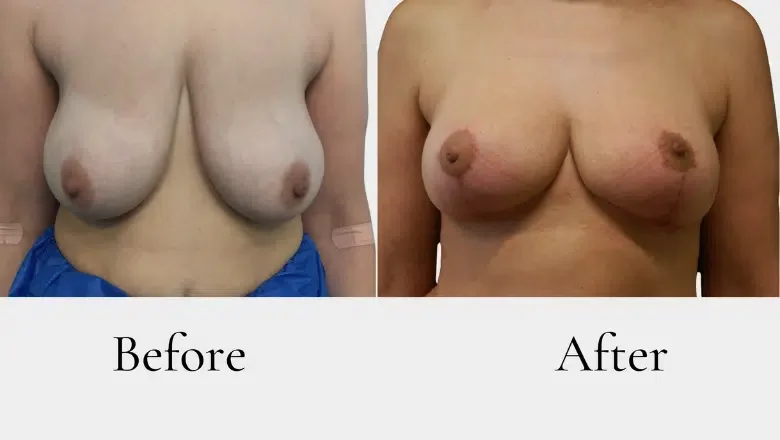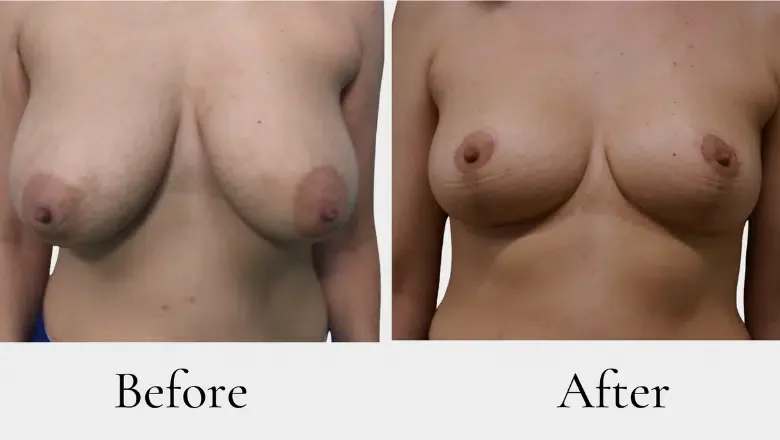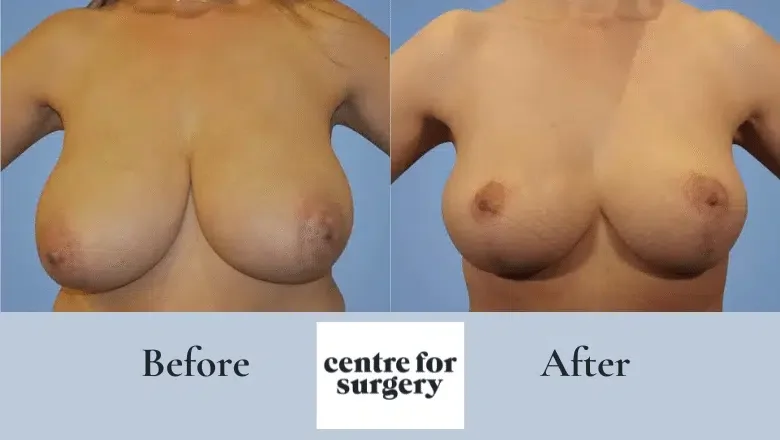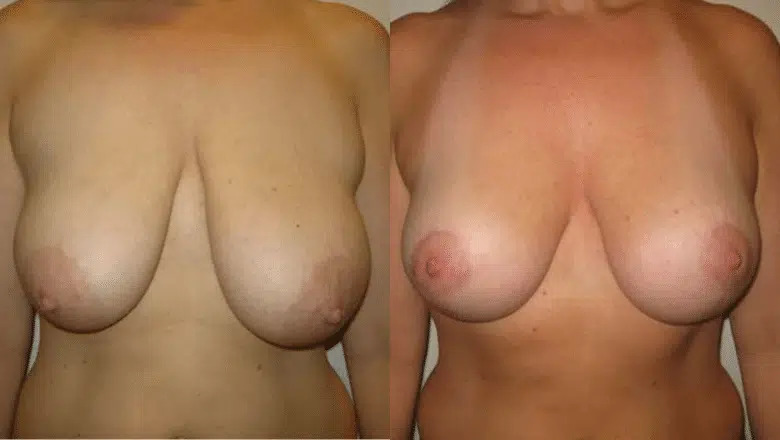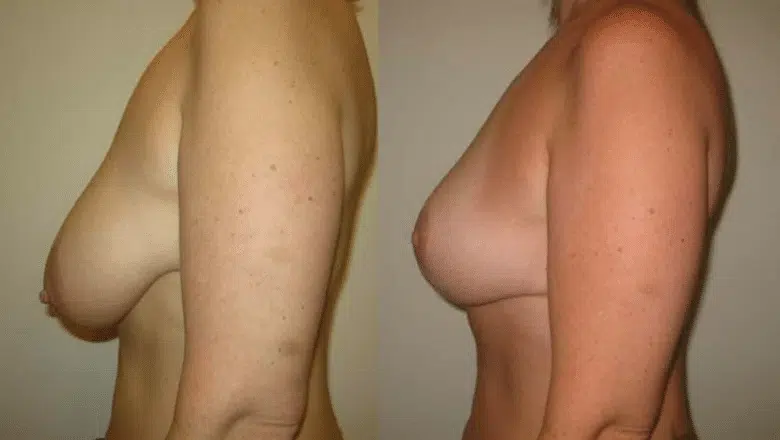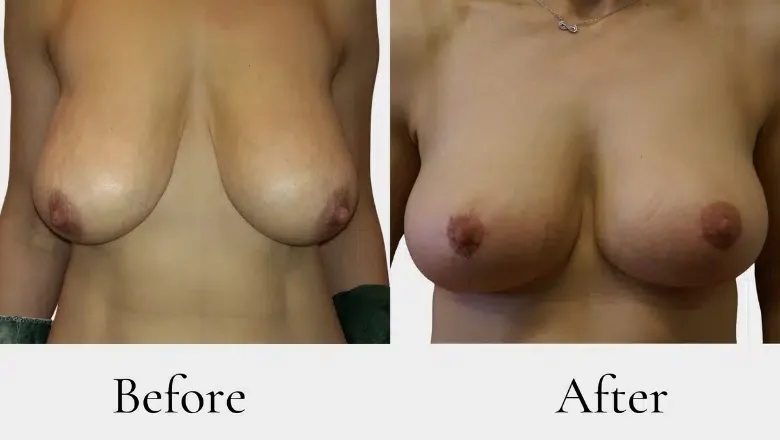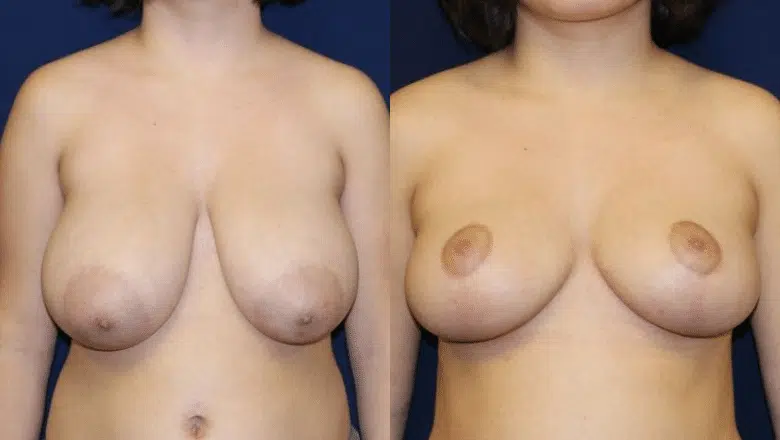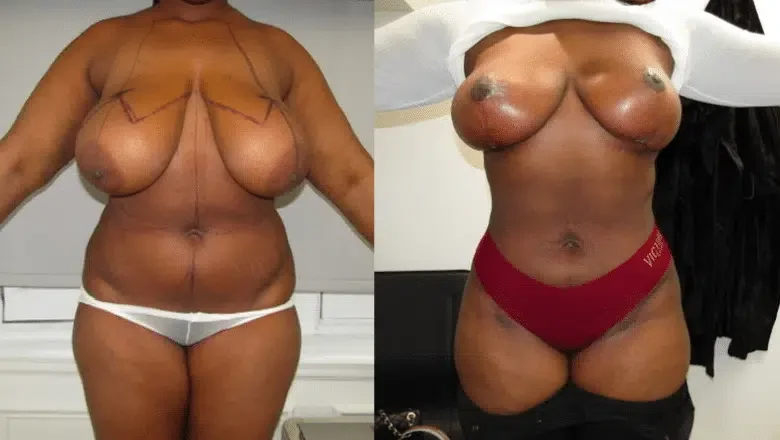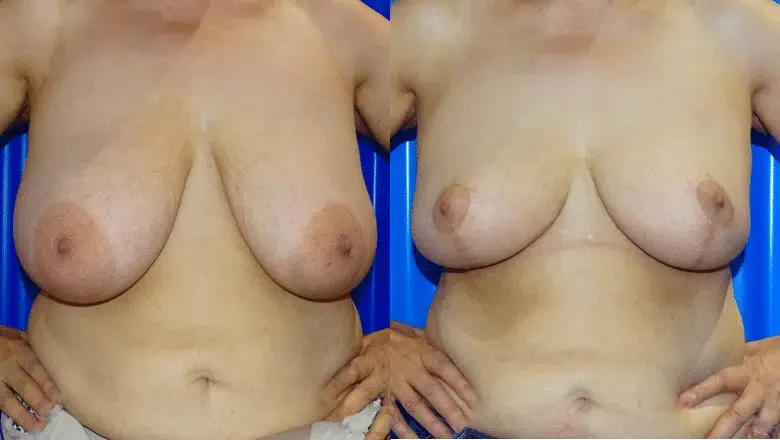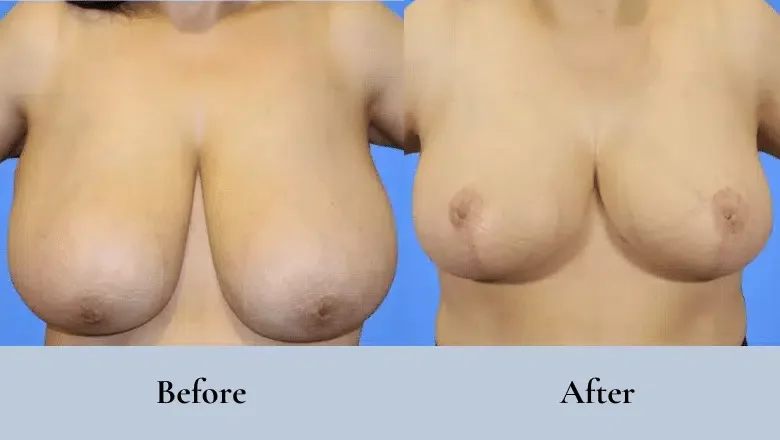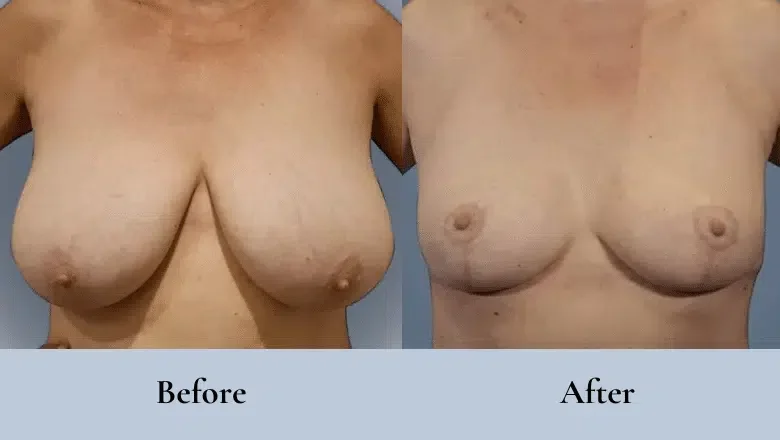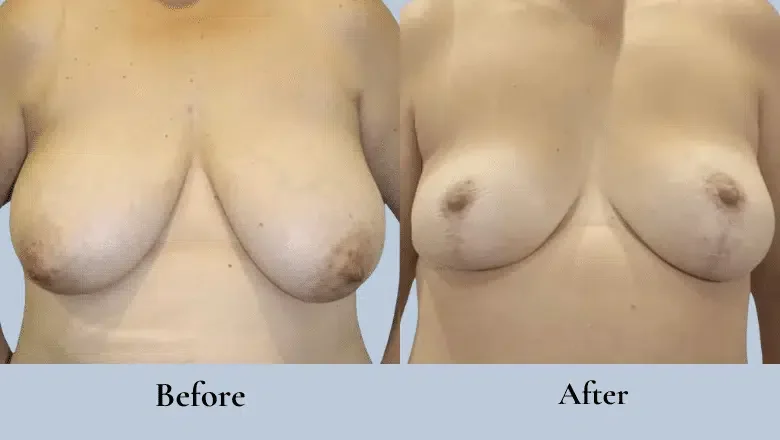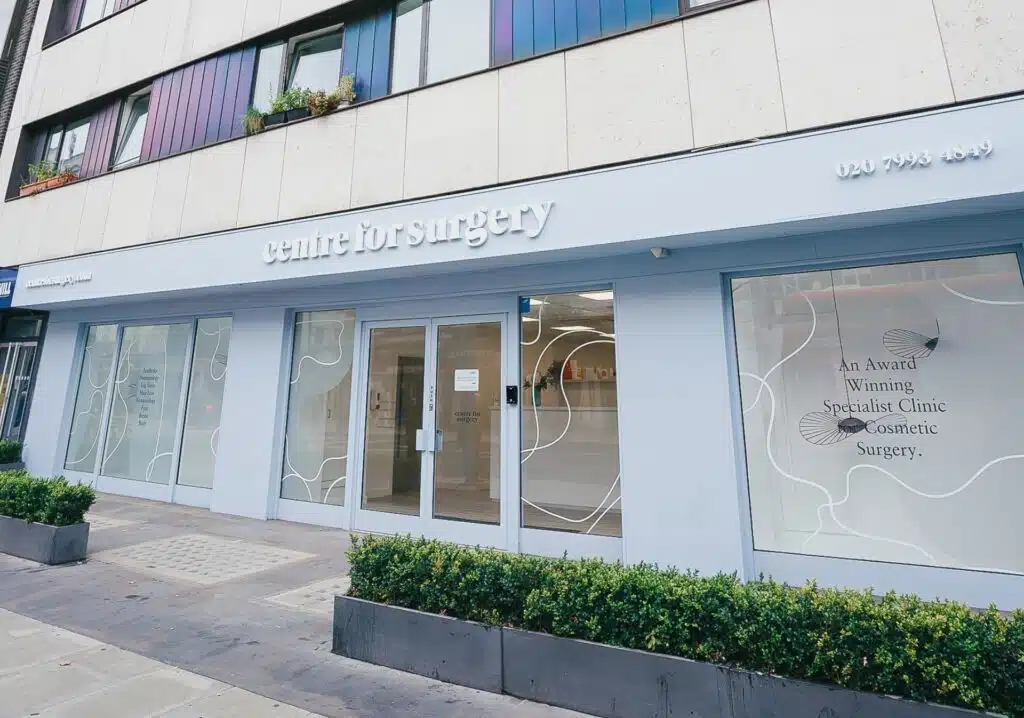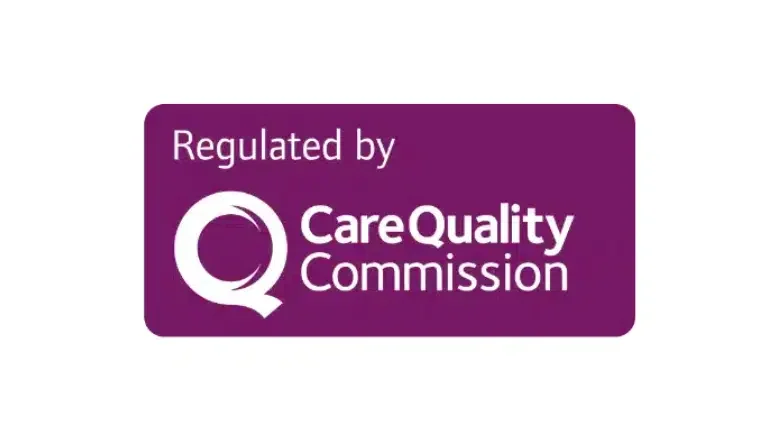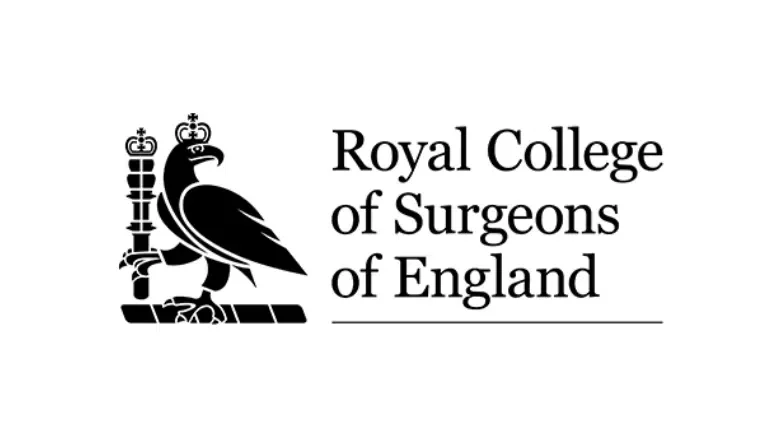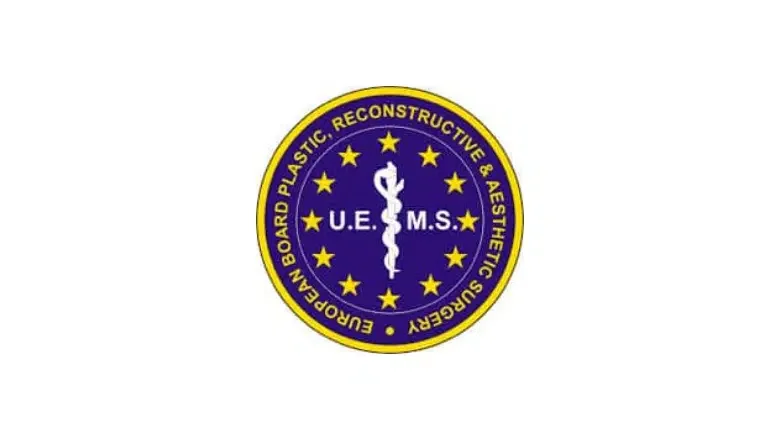Many people who struggle with large, heavy breasts often feel overlooked when it comes to discussions about cosmetic or reconstructive surgery. But for countless women, breast reduction surgery—medically known as reduction mammoplasty—is not just about appearance. It’s about physical relief, emotional comfort, and living without daily discomfort. At Centre for Surgery in London, we regularly perform breast reduction procedures for women who are seeking long-term solutions to ongoing issues caused by excessively large breasts.
What Is Reduction Mammoplasty?
Reduction mammoplasty is a surgical operation designed to reduce the size and weight of the breasts by removing excess breast tissue, fat, and skin. The goal is not only to make the breasts smaller, but also to reshape them so that they are more proportionate to the rest of the body. For many women, this surgery can significantly improve quality of life, helping to relieve back and neck pain, improve posture, and eliminate the rashes or skin irritation that often develop beneath the breasts.
Although often associated with cosmetic improvements, breast reduction is very much a functional procedure as well. It’s commonly requested by women who are physically limited by their breast size or suffer from daily pain and discomfort. In such cases, the procedure is as much about restoring ease of movement and wellbeing as it is about achieving a balanced appearance.
Why Do Women Consider Breast Reduction Surgery?
Every patient’s reason is personal. Some women find that their large breasts interfere with their ability to exercise or take part in physical activities. Others feel self-conscious about how they look in clothing, especially in fitted tops or swimwear. It’s also very common for women with very large breasts to develop deep shoulder grooves from bra straps, frequent skin infections under the breasts, and ongoing upper body pain.
The psychological impact should not be underestimated either. Some patients feel that their breast size draws unwanted attention or causes embarrassment. Others have been battling body image concerns for years. The idea of finally being comfortable in one’s own skin can be a huge motivator. Breast reduction can help women feel more confident, less restricted, and able to live more actively.
What Happens During the Procedure?
The operation is typically performed under general anaesthetic, meaning you’ll be asleep throughout. The procedure usually takes between two to three hours, depending on how much tissue needs to be removed and whether any additional shaping is involved. Your surgeon will carefully make incisions—usually around the nipple and vertically down the lower part of the breast—then remove excess tissue, reposition the nipple to a higher, more natural position, and reshape the breast.
Where necessary, liposuction may also be used to remove extra fat along the sides of the breast or under the arms. The result is a breast that is smaller, lighter, and lifted. Stitches are placed under the skin and dressings applied. At Centre for Surgery, breast reduction procedures are carried out as day-case surgeries, which means patients are often able to return home the same day.
RELATED: Breast Reduction FAQs – Q&A about Breast Reduction Surgery
What Does Recovery Involve?
Recovering from breast reduction surgery does take time and care. In the first few days, it’s common to feel some soreness or discomfort around the chest. You’ll need to wear a supportive surgical bra to protect the area and help with swelling. Bruising and swelling are normal in the early stages, and it may take a few weeks before you start feeling back to yourself.
Most women are able to return to desk-based work within 7 to 10 days, but physical activity should be limited until your surgeon confirms you’re ready. That means no heavy lifting, no gym workouts, and no strenuous tasks during the initial recovery period. Walking is encouraged to keep your circulation healthy, but anything that puts stress on the upper body should be avoided. It’s also important to follow your aftercare plan, attend any follow-up appointments, and keep the incisions clean to support proper healing.
RELATED: Breast Reduction Complications – Reducing Risks of Surgery
Will There Be Scars?
All surgical procedures leave scars, and breast reduction is no exception. However, the incisions are placed in such a way that they are hidden beneath most bras and swimsuits. Over time, the scars tend to fade and become less noticeable. How your scars heal depends on a number of factors, including your skin type, genetics, and how well you look after the area during recovery. Many patients find that the benefits of the surgery far outweigh any concern about scarring.
Who Is the Ideal Candidate for Breast Reduction?
There is no single profile for a breast reduction patient. Some are in their late teens or early twenties and have experienced rapid breast growth during puberty. Others may be in their 30s, 40s, or older, and have lived with heavy breasts for decades. The key is that the breasts are causing physical or emotional discomfort that interferes with everyday life. Your surgeon will carry out a full assessment to determine whether breast reduction is suitable for you, taking into account your health, your goals, and what you hope to achieve.
It’s worth noting that you should be at a stable weight before undergoing this type of surgery. Significant weight fluctuations after surgery can affect the long-term outcome. If you’re planning to have children in the near future, your surgeon may also discuss how pregnancy and breastfeeding could impact your results.
Can You Still Breastfeed After Breast Reduction?
Breastfeeding after a reduction mammoplasty is possible in some cases, but not guaranteed. The surgery often involves repositioning the nipple and removing tissue from areas where milk ducts are located. While surgeons try to preserve as much of the milk-producing structures as possible, there’s always a chance that breastfeeding ability may be affected. If this is important to you, be sure to raise it during your consultation. Your surgeon will explain what is likely in your particular case and how different techniques may affect future breastfeeding.
Are the Results Permanent?
Breast reduction surgery provides long-term results. Once tissue is removed, it does not grow back. However, the breasts can still change over time due to ageing, hormonal shifts, or weight gain. To maintain your results, it’s a good idea to stay at a stable weight and wear supportive bras, especially when exercising. The natural ageing process will continue, but most women remain pleased with their results for many years after surgery.
Does It Improve Back and Neck Pain?
Yes, for many women this is one of the biggest benefits. When breasts are disproportionately large, they pull the body forward, placing a strain on the spine, neck, and shoulders. This constant pressure can lead to poor posture, muscle tension, and ongoing discomfort. After surgery, many patients notice an immediate improvement in how their upper body feels. Pain in the shoulders and back often reduces significantly, and even day-to-day tasks feel lighter and easier to manage.
RELATED: Does Heavy Breast Cause Back Pain?
Is Breast Reduction Available on the NHS?
In certain cases, the NHS may fund breast reduction surgery, but the criteria are quite strict. You usually need to demonstrate that the size of your breasts is causing serious physical problems, such as chronic pain, skin conditions, or psychological distress. There is often a long waiting period, and you’ll need to go through a referral and assessment process. Many patients opt for private surgery because it offers more flexibility in terms of timing, surgeon choice, and aftercare.
What Should You Look for in a Breast Reduction Surgeon?
Choosing a highly qualified and experienced plastic surgeon is essential. You want someone who performs this procedure regularly and understands both the aesthetic and functional aspects of the surgery. Ask about their qualifications, view before-and-after photos, and make sure they take time to understand your goals. A good surgeon will guide you through the process, explain the risks clearly, and develop a surgical plan that’s tailored to your body.
Why Patients Choose Centre for Surgery
At Centre for Surgery, we understand that breast reduction is a deeply personal decision. Our specialist surgeons combine technical expertise with a thoughtful, patient-first approach. All procedures take place at our fully equipped Baker Street clinic in London. We prioritise safety, privacy, and outcomes that align with your expectations. From consultation to aftercare, we are committed to providing a supportive and empowering experience.
About Centre for Surgery
Centre for Surgery is one of the UK’s leading cosmetic and plastic surgery clinics, offering a wide range of surgical and non-surgical treatments. We are proud to provide day-case surgery in a CQC-registered medical facility based in central London. Our experienced consultants and surgical team focus on natural-looking results, evidence-based techniques, and exceptional care from start to finish.

